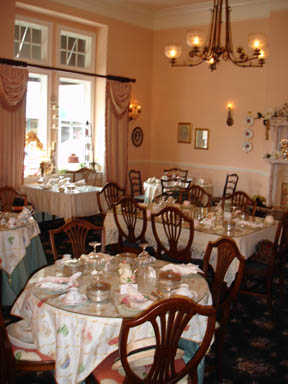PLANT CITY
(Hillsborough County
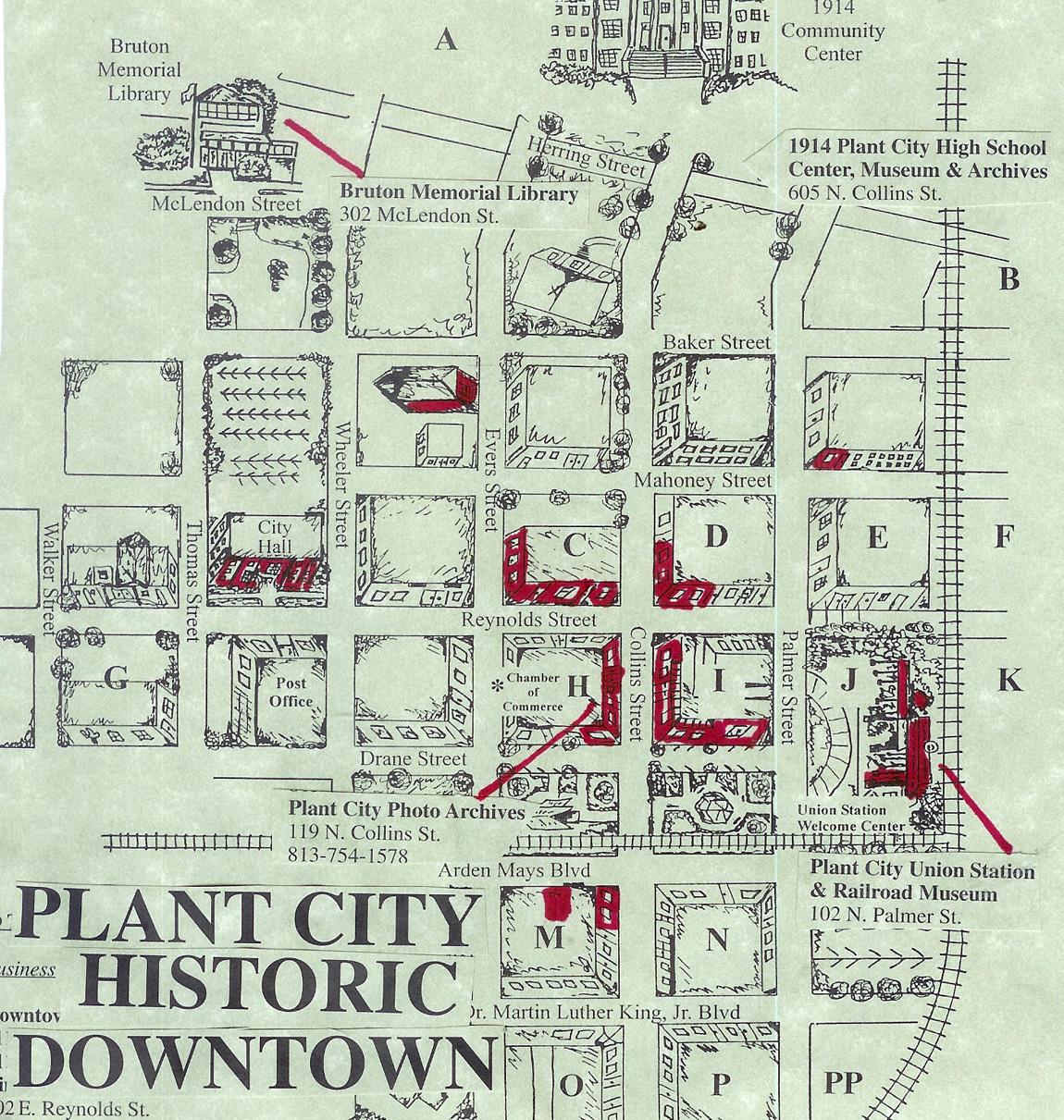
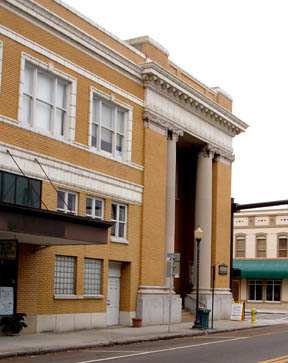

Hillsboro State Bank (1924) 202 W. Reynolds * Downtown Plant City Movies
PLANT CITY DIRECTIONS: The best way to enter Plant City is from I-4 at the FL 39 exit (Wheeler Street) going south. The Historic North Plant City Residential District is just north of downtown and you can access some of the historic homes a few blocks from FL39.
TURN LEFT on Calhoun Street to see some older residences: Return down Calhoun and turn left (south) on North Collins to see the wonderful Colonial Revival JOHN CHAPMAN HOUSE (1908) at 711 North Collins, and the 1902 J. G. SPARKMAN HOUSE at 703 North Collins. At 605 North Collins is the landmark 1914 OLD PLANT CITY HIGH SCHOOL , a two-sided Greek Revival brick three-story with the rear end facing Evers. It is the headquarters of the East Hillsborough Historical Society. If you turn right you can pick up two houses on North Evers: the BARNS/ANNIE PROSSER HOPUSE (1910) at 508 North Evers and the big ARMSTRONG HOUSE (1912) ay 703 N. Evers with its six pier porch. At 509 North Evers is the wonderful 1922 PLANT CITY PRIMITIVE BAPTIST CHURCH with its open twin towers. Nearby is the:
The center of
The first town plat was started in 1843 by A. M. Randolph and one of the first area residents was Stephen
Hollingsworth, whose daughter Catherine (1843) was the first child born in area
and whose grandson Joshua was first President of Florida Southern College.
Other founders were Rev. Samuel Knight, son-in-law of cattle baron Jacob Sumerlin, and John G. Thomas.
E. T. ROUX HOUSE (1900),
off
LEW J. PROSSER HOUSE (1900),
D. M.
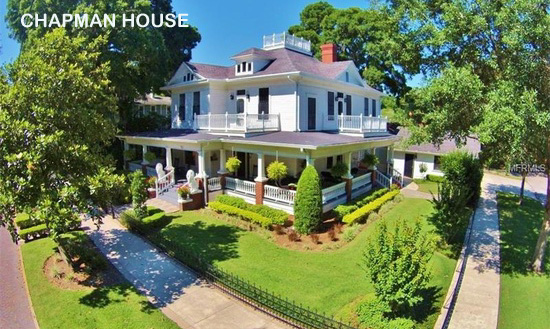
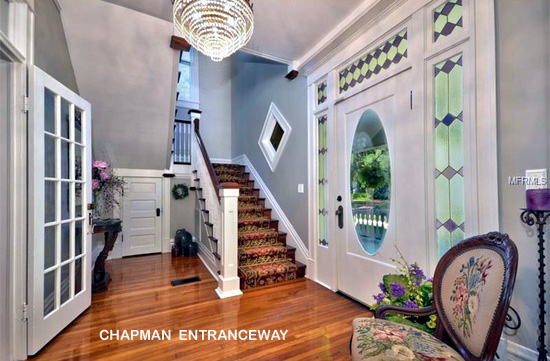
OSCAR STRICKLAND HOUSE
(1897) 106 East Herring Street, is a two-story Queen
Anne house with some Colonial Revival elements. His brother Thomas Strickland, a
businessman and School Board member, lived in the house during most of its
first half-century.
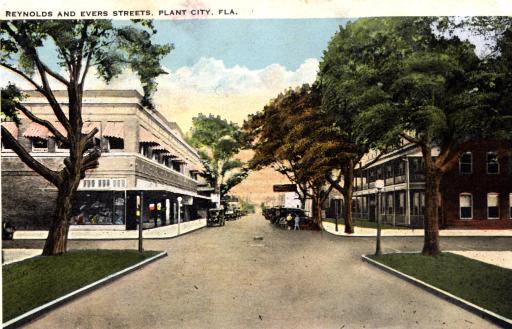
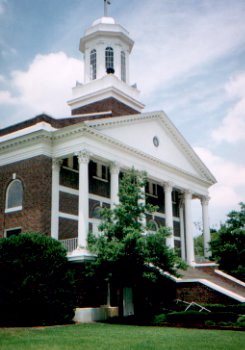
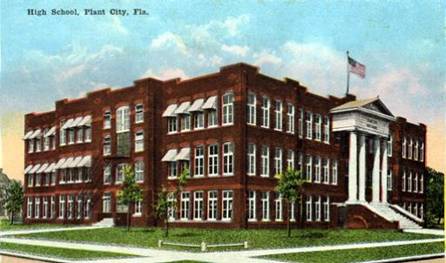
Continuing down Evers will take you to downtown with Reynolds Avenue as a main commercial street. The major landmarks here are:
HILLSBORO STATE BANK (1914),
HOOKERS STORE (1904).
PLANT CITY UNION DEPOT (1909) ,on East North Drane Street, symbolized the development of the community was a reflection of the arrival in December of 1883 of the South Florida Railroad to a village then called Hichipuckassa.. The connection of the railroad to the North by Henry Plant's
DR. J. W. ALSOBROOK HOUSE (1907),
